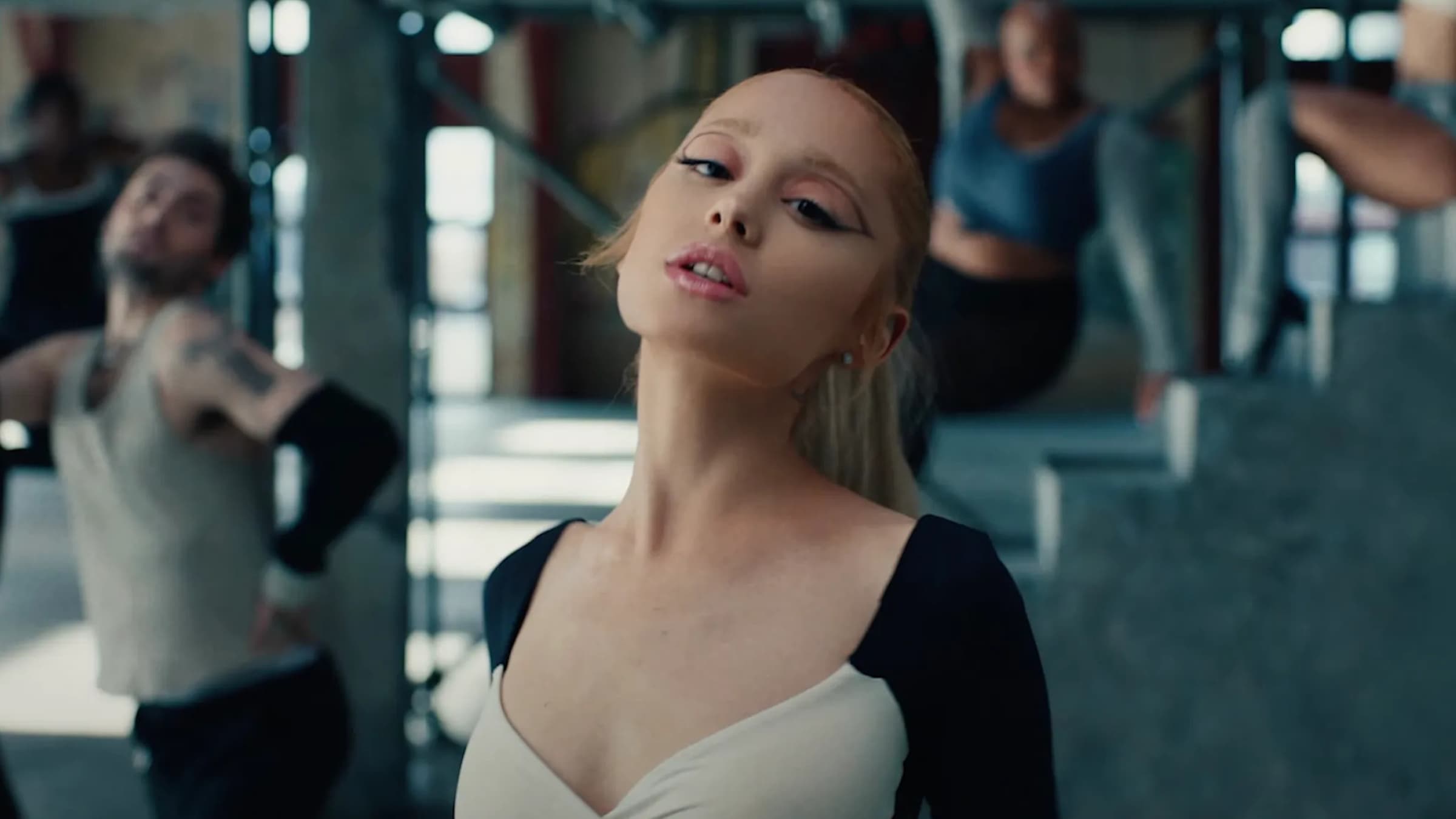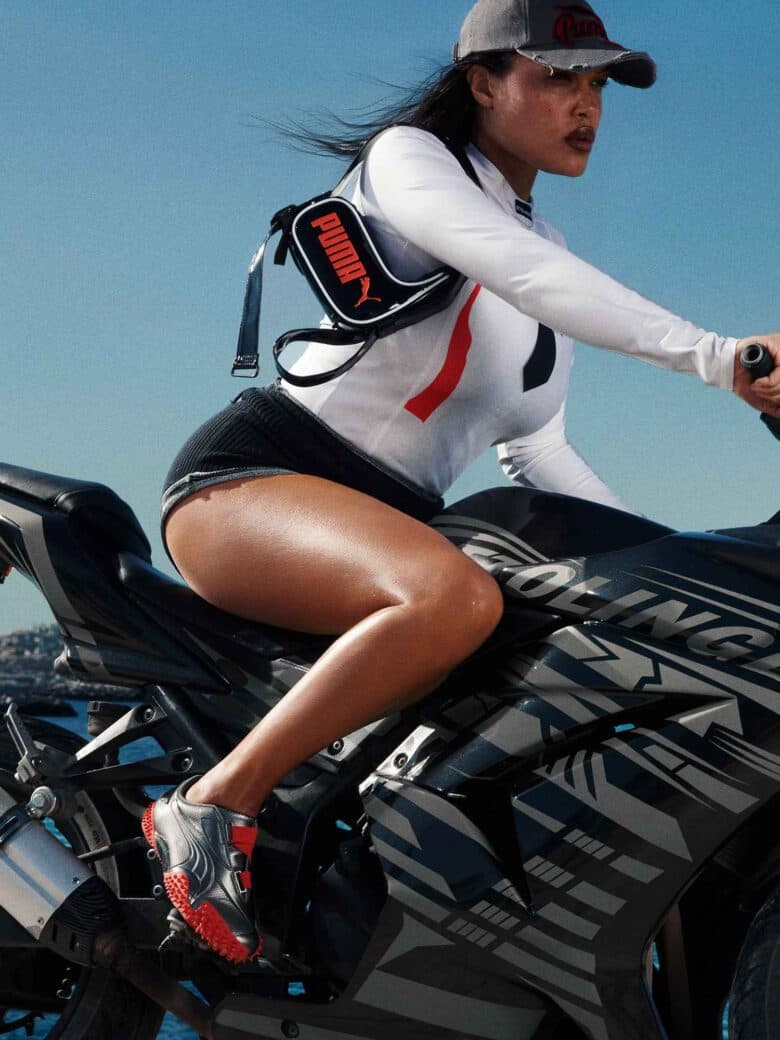Number 1 or nothing: Record labels are throwing everything they’ve got at the top spot

Musically, 2024 has kicked off with a bang: Lil Nas X made his much-anticipated (incredibly controversial) return with ‘J CHRIST’, Kali Uchis released her fourth studio album ORQUíDEAS, and now, Ariana Grande has even made a comeback. On January 12th, the Grammy winner released her first single since 2019, titled ‘yes, and?’. And just one week later, the singer (or more likely her label) released an additional 13 tracks across iTunes and various streaming services.
Though, if you’ve heard any version of ‘yes, and?’ by now, it’s probably the original, which is the three minute and 34 seconds long track you hear in the song’s music video. Lyrically, the track is evidently framed as a response to all the speculation surrounding Grande’s life over the past year as she sings “your energy is yours and mine is mine, why do you care so much about whose dick I ride”. There’s also a slightly shorter edit, as well as a five minute-long extended mix. Pretty standard stuff as part of a release campaign. However, Grande and her team also beat TikTok audio-makers to the punch by releasing both a sped-up and a slowed-down version of ‘yes, and?’ before the amateurs could. Then, there’s an a cappella version, an instrumental version, and an instrumental version of the aforementioned extended mix. Add in the clean versions of all the versions that have vocals, and Grande’s offering up more “yes, and?”s than an improv class.
As one of Republic Records biggest stars, it’s unsurprising the label are doing everything in their power to get the 30-year-old on top of the charts again for the first time since 2019. As Forbes points out, when an artist releases multiple versions of a track – i.e. the original with a radio edit and an extended mix – the company can lump all those streaming and digital sales numbers into one entity for charting purposes. No one’s releasing a sped up version of their song for arts sake, are they?
But so far, it’s working. At the time of writing, Grande currently occupies half of the spaces in the top 10 on the iTunes chart, with the rest all sitting within the top 50 (each of these sales are the equivalent of 150 streams). Pair that with over 70m streams on Spotify and 25m on YouTube, and the Grammy winner is a shoe-in to knock Jack Harlow off the top spot.
Though, nowadays, there’s nothing unusual about pop stars releasing multiple versions of their songs to increase sales, boost revenue and bring about their own virality. Remixes have always been a sure fire way to breathe new life into a track, although, they are usually never released on the same day. This year, PinkPanthress ruled the airwaves with her ‘Boy’s a Liar’ remix featuring Ice Spice, leading to the track landing in the top 10 on the Billboard Hot 100. Meanwhile, the original failed to even enter the charts.
But it’s less usual to see this ploy done so egregiously, to the point where the goal is undeniably obvious: To ensure that streams are increased by any means necessary, even at the expense of artistic integrity. And given its success already, it’s likely a tactic we’ll only start to witness more of. “Two years ago, I’d say 5% or 10% of artists were receptive to releasing these altered versions of songs,” Universal Music Group VP of A&R strategy Nima Nasseri told Billboard in 2023. “Now it’s probably about 70%.”
Of course, contrived tactics to help drive up numbers are nothing new, and labels will forever utilise as many methods to maximise their artists’ sales as they possibly can. Streaming farms have long plagued Spotify, who estimate that as much as 10% of all music streams are fake, and as result, last November, the streamer revealed it would fine labels if it finds more than 90% of a song’s streams were fabricated. On the more ethical side, bundles (lumping in digital albums with merch and tour tickets) played a huge part in inflating singles before Billboard announced they were only considering “fan bundle” variations – which must come with a physical copy of the album and a merch item.
With all the attention Grande’s number of releases have garnered, this could provide a catalyst for change, and force Billboard to reconsider what truly counts as a single – the key word here being “single”. According to Bloomberg, since 2020, album sale-equivalent units have dropped by 5.1%, and in an industry in the midst of stagnation, it’ll be no surprise to see tactics like Grande’s utilised not only for the world’s biggest stars, but young hopefuls on the rise, too. And if that’s the case, artistry and authenticity will, eventually, become completely outweighed by the possibility of chart success and monetary gain – even more so than it is now.

